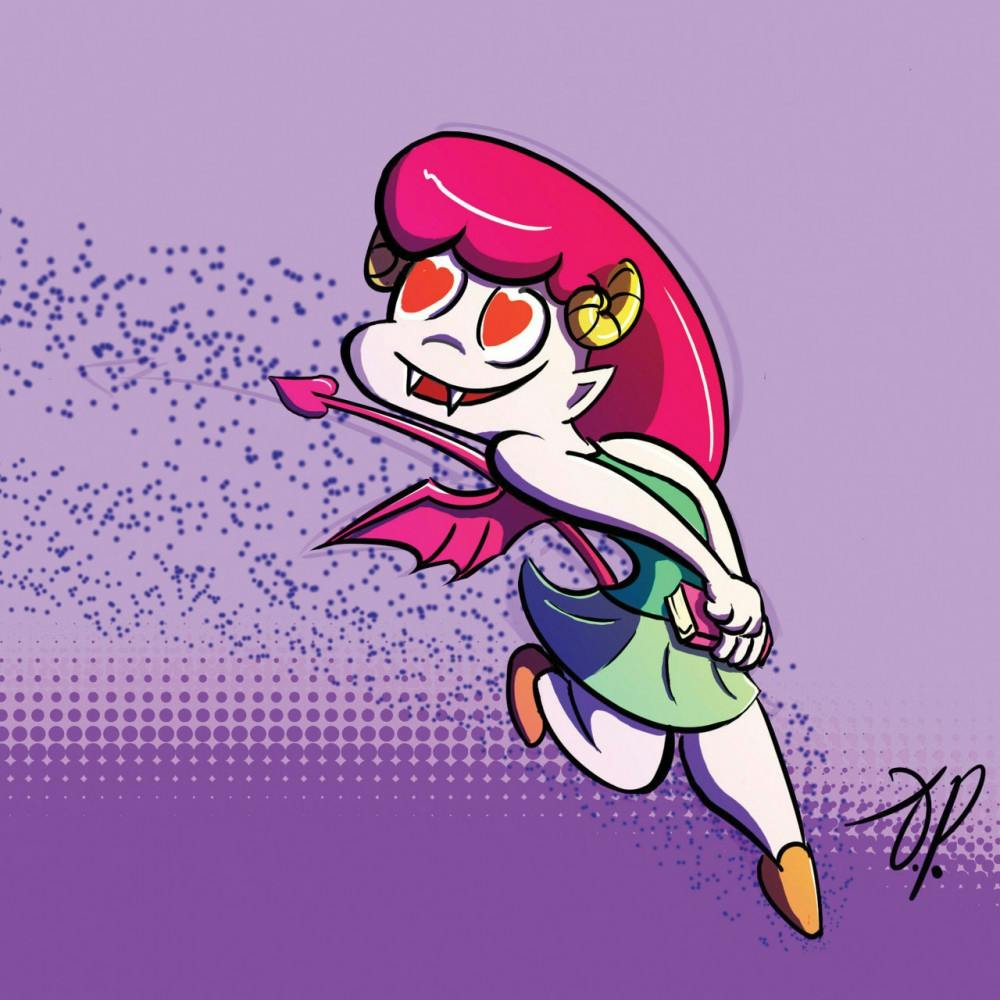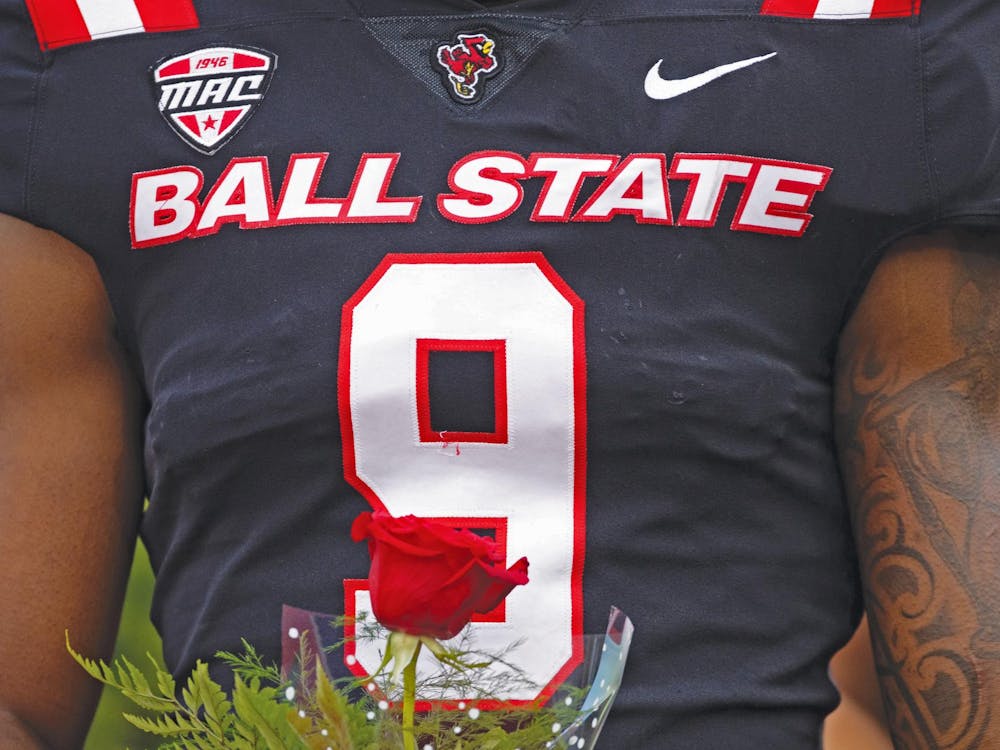Club members recommended shows for those curious about anime:
• “Cowboy Bebop”
• “Dragon Ball Z”
• “Pokémon”
• “Naruto”
• “Sailor Moon”
• “YuYu Hakusho”
Ball State’s Japanese Animation Society has powered up TVs and video players for 21 years to get together and enjoy anime.
When senior Mathew Kalkhoff came to Ball State as a freshman, he wanted to get involved with a club and chose to pursue his interest in anime.
“[Anime is] a part of Japanese culture that I fell in love with back in high school when I first started studying the language,” Kalkhoff said.
The meteorology and Japanese major is now president of the Japanese Animation Society.
At the beginning of each year, the group’s 25-30 members vote on which series they will watch. Titles are suggested under categories like action, horror, drama, comedy and classic. Officers then narrow down the list and the members select the shows.
Each week, the club meets to watch one or two episodes of the series until they complete it. Most seasons of anime run about 12 episodes long.
Members said anime is more story and character driven than American cartoons, which are more episodic and lack a linear or overarching plot. This is part of the appeal for some.
“The story is a big part,” Robby Welsh, club public relations chair, said. “It’s kind of like ‘The Walking Dead’ or ‘Breaking Bad,’ how there’s a story and you just get attached to the characters, and you’re really invested.”
While anime may have a distinct style from American cartoons, senior animation major J.P. Van Dam said there’s more to it than “stereotypical big eyes” anime. Art styles vary by decade, artist and genre.
For example, shonen, like “One Piece,” “Naruto” and “Bleach,” are targeted at young men and look different from seinen, which is targeted at older audiences.
The availability of shows for diverse age groups is another difference that enthusiasts enjoy. Welsh said most American cartoons are comedy or targeted at children, while anime includes drama, horror and mature content that appeals to a variety of audiences.
Van Dam said he was influenced by both anime and western animation, citing Disney’s “Ratatouille” as an inspiration.
“Drawing anime style right off the bat is very frowned upon because they want you to learn classical anatomy and actually be able to draw what you see,” he said. “If you know the rules of what a proper line drawing and representation of your figure is supposed to look like, you can break that and make it as cartoony as you want.”
Many anime series are adaptations from Japanese comic books called manga. The club maintains donated libraries of both manga comics and anime. Anyone who has paid the $5 membership fee has access to these libraries.
In addition to the weekly Sunday showings, the club hosts special movie nights, monthly themes and sometimes hosts showings in Pruis Hall.
To commemorate the death of anime director Satoshi Kon, the club hosted of viewing of his film “Tokyo Godfathers.”
The club also hosts a video game tournament every year, competing in games like “Mario Kart,” “Super Smash Brothers” and “Pokémon.”
While the primary function of the group is to select and watch cartoons, Kalkhoff has found himself celebrating something besides anime.
“This is my last year,” he said. “When it’s over, it’s going to be hard to part ways with the club. Sure, we watch anime, but you meet friends. A lot of my friends I’ve met through club. It’s a community. I’m going to miss that since I’m not going to be there.”
No matter if it’s a couple episodes on a Sunday night in the L.A. Pittenger Student Center or a feature length film in Pruis Hall, the club will watch it as a community.
“When it’s a funny moment [in a show], you just enjoy it together,” Kalkhoff said. “Some jokes sound better when you’re with a group. … [It] sounds funnier for some reason.”





